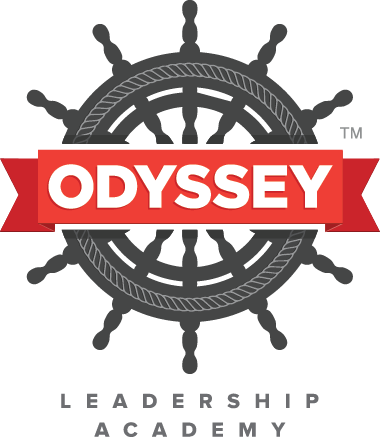COURSE:
Leaders of the Past & Present
ABOUT:
Leaders of the Past and Present is a history Exploration course where student advance his/her knowledge of highly influential leaders as well as develop themselves further into a highly effective person and leader. Our journey takes us through history to look at great leaders of the past, including Mahatma Gandhi, Abraham Lincoln, Nelson Mandela, Mother Teresa, Florence Nightingale, and Malcolm X. We also hear from local leaders who are shaping our city, state, and world. By learning from leaders of the past, we better understand what it takes to be a leader in the present.
QUESTIONS WE SEEK:
What is the difference between leadership and management?
Do leaders make history or does history make leaders?
What are the daily habits that mold healthy leaders?
What is a servant leader?
READINGS:
I Am Malala by MaIala Yousafzai
Strength to Love by Martin Luther King, Jr.
“Most people do not listen with the intent to understand; they listen with the intent to reply.
Seek first to understand, then be understood.”
course:
Oklahoma History
ABOUT:
Oklahoma history explores the many diverse aspects of Oklahoma from Statehood to present day events. Students discover the roots of Oklahoma City and Bricktown as well as historical events and places around the state.
TOPICS WE DISCUSS:
Oklahoma’s Rich Native American Culture
Western Heritage
Military and Aviation History
Historical Landmarks
Our Thriving Oil Industry
The Bombing on the Murray Building
The Great Depression
Tulsa Race Riots
Art, Music, and Sports Culture of OKC
PLACES WE VISIT:
OKC History Museum
OKC Museum of Art
Cowboy Museum
Oklahoma Gymnastics Hall of Fame
Pop’s
Oklahoma Memorial Museum
course:
Celebrating Differences
ABOUT:
Celebrating Differences is a course where students investigate marginalized people groups throughout specific time periods around the world. We focus mainly on African American and Native American stories, as well as world religions, to study the effects of prejudice and discrimination towards skin color, ethnicity, culture, and belief systems. Students wrestle with such things as the value of personhood, stereotypes, implicit bias, white privilege, genetics of race, in-group and out-group bias, and tolerance. By grappling with historical and current events, students learn how to seek first to understand and then to be understood.
COURSE:
Problem of Evil
ABOUT:
The problem of evil is one of the oldest and most fundamental questions of the human experience. Since ancient times, this problem has preoccupied every major philosophy and religion, has perplexed psychologists and sociologists, and inspired scientific researchers to explore the depths of the human brain to ask, "What is evil, and can it be avoided?" No matter how it is viewed, the problem of evil remains a crucially relevant issue, particularly in the modern world. In this course, students study the problem of evil from the perspectives of psychology, philosophy, religion, science, and literature in order to wrestle with questions of theodicy, human behavior, structural violence, the banality of evil, the role of authority, group think, ethnocentricity and xenophobia through the lens of an in-depth historical analysis of the rise of Nazi Germany leading to and including the Final Solution.
“No matter how many V2s or submarines they manufactured, propaganda was the most powerful weapon of evil for Nazi Germany.”

